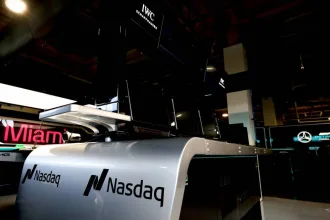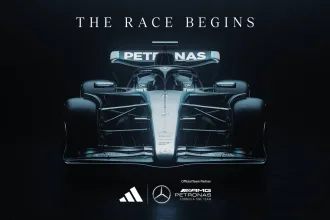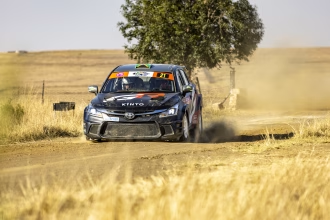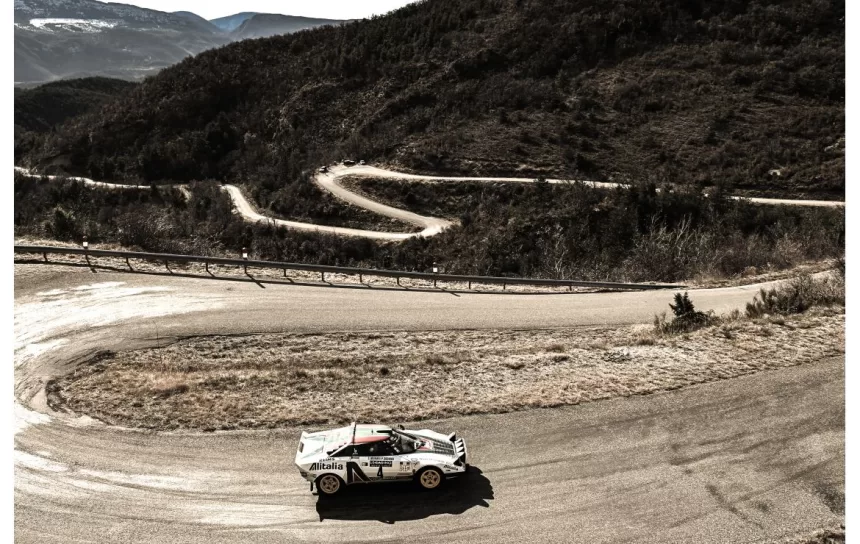- Lancia Stratos, one of the most successful cars in the history of rallying, celebrates today 50 years since its first international victory in 1973 at the Tour de France Automobile.
- On the occasion of this celebration, the Circuit de Remparts d’Angoulême in France organized a celebratory event with many guests in attendance, including former driver Bernard Darniche, who won two European Rally Championships behind the wheel of the Lancia Stratos.
“Today we celebrate 50 years since the first victory of the Lancia Stratos, one of the most successful rally cars of all time, known to the public as “la bête à gagner”. Together with 037 and Delta, the Lancia Stratos has become a legend in the world of rallying. But that’s not all. Lancia Stratos is one of the most iconic cars in the history of the brand. This brutal and efficient car had essential design elements that entered the collective imaginary and guided us in the design of the future cars of Lancia: the round rear headlights, the aerodynamic shape, and the color blocking of the interior,” stated Luca Napolitano, CEO of the Lancia brand.
Exactly fifty years ago, on September 25th, 1973, Lancia Stratos wrote the first chapter in what would become a memorable story. Indeed, in 1973 it was entered in competitions, still among prototypes, driven by the duo of Munari and Mannucci. In September the same year, it achieved its first international victory in the Tour de France Automobile. A success that followed its first triumph in April that year in the Firestone Rally, which went on to become a precursor to an incredible run. In fact, Lancia Stratos became a veritable conqueror of rallies, racking up one victory after another: the car won the Monte Carlo Rally three times in a row, three World Constructors’ Championships, from ’74 to ’76, and even three European Drivers’ Championships. Driving a Stratos, Munari also won the FIA Rally Drivers Cup in 1977.
And starting from 1975 racing season, it sported the white and green colors of its sponsor Alitalia, with the airline’s tricolor logo, doubled and harmonized in the form of a wedge to create one of the most beautiful liveries in motorsport history.
On the occasion of this celebration, The Circuit de Remparts d’Angoulême has organized a special event on the historic route of Nouvelle-Aquitaine, hosting classic cars, exhibitions, and exceptional rallies, with a wide range of guests in attendance, including former driver Bernard Darniche, who is inextricably linked to the Lancia Stratos.”
At its wheel, he won two European Rally Championships and no fewer than four of the seven rounds he won in his career as part of the World Rally Championship.
Lancia Stratos is definitely a “brutal and efficient” car, created specifically to win and to break the mold, given its major differences from the models of the time. Inspired by the 1970 “Strato’s Zero” prototype, the final version of the Lancia Stratos was unveiled the following year. Everything in this futuristic wedge-shaped car was designed for rallying: the front end was sharp and in harmony with the wheel arches, while the sloping windshield encompassed the front pillar and continued into the side windows. The roof dropped vertically over the small rear window, enveloped by the large bonnet. The bonnet and trunk, consisting of two lightweight shells, included their respective fenders, with a wide opening for quick action during race support. Round headlights and an assertive wing stood out at the rear, whereas the engine was a V6 based on Dino Ferrari’s 246. But the Lancia Stratos was also revolutionary in its interior, entirely focused on the driver and designed for results and excitement: two seats and only two compartments for racing helmets, a distinctive feature of the road version as well. The so-called “color-blocking” in the interior created continuous plays of contrasts for an all-Lancia eclecticism, using the primary colors of blue, red and yellow.
This disruptive fascination with that time established the model as a historic icon from another point of view as well: design. Components such as the round taillights, the aerodynamic wing, and the eclectic combination of primary colors in the interior made the Lancia Stratos a futuristic design model that remains contemporary to this day. It is no coincidence that it has become one of the brand’s nine historic cars to have inspired Lancia to create future models.
The perfect balance between primary geometric forms and maximum performance, the hallmark of vintage Lancia cars such as the Stratos, 037 and Delta, is one of the essential elements that have been preserved and revisited in designing Lancia’s cars of the future. A constant dialog between past and future can also be found in the Lancia Pu+Ra HPE, the brand’s manifesto for the next 10 years. The 100% electric concept car embodies the brand’s vision in terms of design, interior home feeling, sustainability, electrification and effortless technology. The rear of the Lancia concept car features its own iconic round headlights, a clear reference to the brand’s most brutal and radical spirit, and to the legendary Lancia Stratos.









